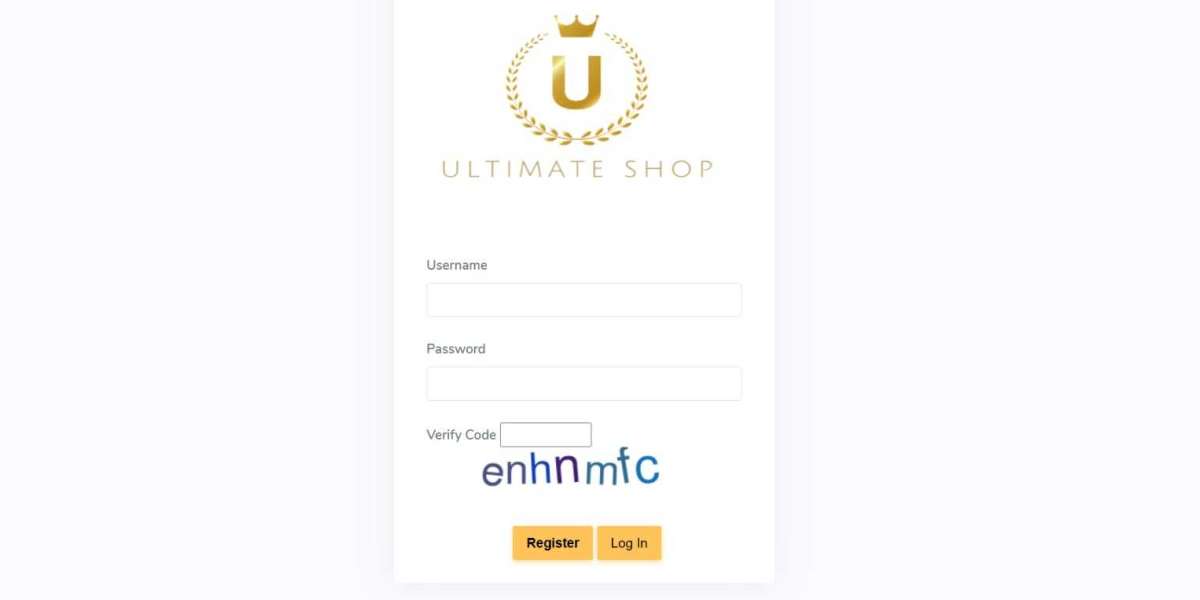In today's fast-moving digital economy, the term Ultimate Shop is appearing more frequently across various forums and discussions. Often linked with topics such as dumps and CVV2 shops, this term raises many questions, particularly about online safety, data security, and the dark corners of the internet where such practices occur.
At its core, Ultimate Shop refers to an online space that claims to offer sensitive financial data like credit card information, commonly referred to as “dumps.” These dumps typically include the card number, expiration date, and other details that can be used for unauthorized transactions. More dangerously, some platforms also deal with CVV2 data, which includes the three-digit security code found on the back of credit cards. This information makes unauthorized card usage even easier and harder to detect in real time.
The appeal of sites labeled as Ultimate Shop lies in their ability to sell what criminals view as digital gold. For fraudsters, having access to both dumps and CVV2 data means they can make purchases online or clone physical cards with minimal barriers. However, this doesn’t just affect banks or financial institutions—it directly impacts everyday people whose information is stolen and used without consent.
The methods through which these shops obtain the data are just as concerning. Skimming devices on ATMs, data breaches in online stores, and phishing scams are common ways personal and financial information is captured. Once stolen, the data is uploaded and sorted into these marketplaces, where it's sold in bulk or through custom searches depending on the buyer’s intent.
Understanding how Ultimate Shop operations function gives more insight into the broader issue of digital crime. Many users don’t realize how simple habits—like using unsecured public Wi-Fi, failing to update passwords regularly, or clicking on suspicious links—can expose them to these threats. Once compromised, their information becomes part of the cycle feeding these shops.
Another reason why these platforms remain active is due to the challenge in shutting them down. Often hidden on encrypted networks or hosted in jurisdictions with limited cooperation with global cybersecurity agencies, they operate in the shadows. By the time one shop is identified and taken offline, another may already be in place under a different name or structure.
To protect yourself, it’s essential to remain proactive. Use strong passwords, enable two-factor authentication wherever possible, and keep a close eye on financial transactions. If anything appears off, contact your bank immediately. Technology can help monitor unusual behavior, but personal vigilance remains crucial.
In summary, the term Ultimate Shop is more than just a keyword—it represents a larger ecosystem of digital fraud that affects millions. By staying informed and taking smart security measures, individuals can reduce the chances of falling victim to the dangerous trade of dumps and CVV2 data.











